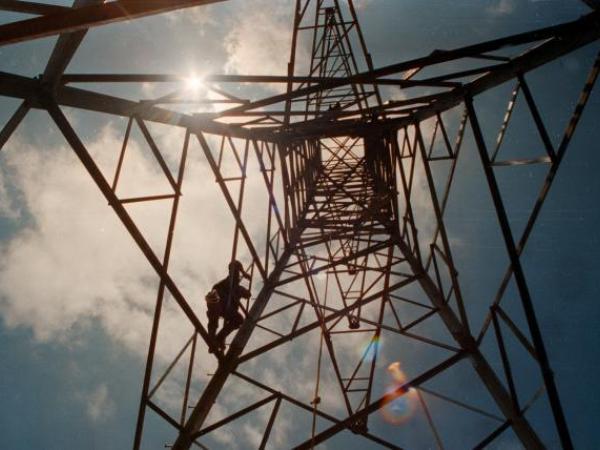For the country’s energy sector, there are four specific issues that the Nation must have on the list of priorities to continue guaranteeing the firm supply of current, even beyond 2027.
(What they are proposing to stop the rise in energy prices).
A) Yes, the agenda will be focused not only on guaranteeing surplus electricity supply from 2025, but also in the entry of conventional generation projects scheduled for this year, the start of operation of Hidrotiuango, and in unlocking the execution of the Collector Line so that solar and wind sources deliver their energy to the country.
(Enel launches roadmap study for energy transition in Colombia).
“Firm energy is guaranteed for the years 2023 and 2024 by the generation works that already exist, and there is no concern in the short term. However, from 2025 onwards, the sector is waiting for the planning by the country, and if there are signs to hold an auction”, said Natalia Gutiérrez, president of Acolgen.
For his part, Alejandro Castañeda, director of Andeg, stressed that for the years 2023-2024 and 2024-2025 there are firm energy surpluses, although for this last biennium it is between 2.5% and 3.5%.
“When looking at 2025 – 2026 the country would enter a supply deficit. With the projection of consumption, in the supply-demand balance it is 0% for these two years, so there would be the need to additionally generate 4,300 gigawatt hours (GW/h) per year to bring the surplus to 5% and have the peace of mind of the firm energy,” Castañeda explained to Portafolio.
He added that, for 2026 – 2027, in addition to the 300 megawatts (MW) in thermal plants, another 500 MW in installed capacity should be annexed to guarantee supply.
He also indicated that in This year the Tesorito and Candelaria projects will come into operation with installed capacity of 200 MW and 256 MW, respectively, and that will operate with natural gas.
“Other initiatives in the pipeline are two small thermoelectric plants with a capacity of 20 MW each developed by Proelectrica, to which is added Termocaribe of 48 MW. They must all start operations before December 31,” said the union leader.
Both Gutiérrez and Castañeda agreed that a mild ‘La Niña’ phenomenon has occurred in recent weeks that will tie with the rainy season, which will result in a high water supply from the reservoirs.
“This will allow us to calmly reach the periods of low hydrology in the second semester, with the level of the dams at their peak and they will have enough capacity to produce electricity,” said Gutiérrez.
Other topics on the agenda that the sector follows with great interest in 2022 is the entry into operation of Hidroituango.
“We do not have the detailed information, nor the technical capacity to indicate the entry into operation of the megaproject. An effort is being made to finalize it and bring it into operation. It will undoubtedly mark a milestone in hydroelectric generation in the country, and it is expected to start on the date that EPM indicated,” said the president of Acolgen.
For his part, Castañeda stressed that “the sector expects Hidroituango to come into operation this year, even with the whole issue of the different start dates that have been raised, and that there would be 600 MW of installed capacity of the 2,400 MW that make up the megaproject”.
Finally, the union leaders also indicated that in the wind and solar projects that are programmed and under development in La Guajira, the issue is on the side of the Collector line and its delay, where the GEB and XM are anticipating that these clean energy sources will not come into operation before 2023 or 2024.
They also stated that these initiatives are being developed within the established deadlines, but the issue is the development of this transmission line that, although the Bogota conglomerate has made every effort to move forward with the issue of prior consultations, delays in its execution, more due to the pandemic.
ALFONSO LOPEZ SUAREZ
BRIEFCASE

















